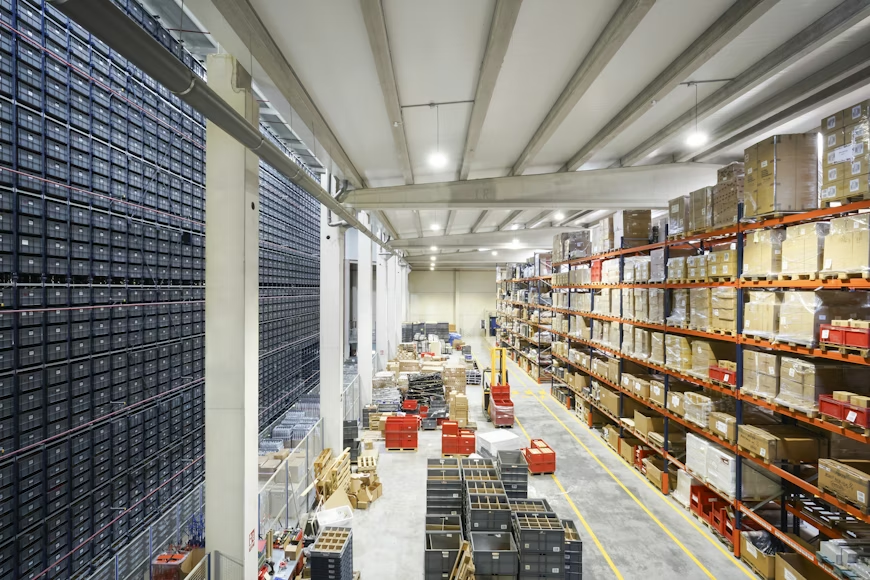A recent study conducted by Drewry underscores the potential for reducing greenhouse gas (GHG) emissions in ports through the implementation of smart port technologies aimed at optimizing ship arrivals. By employing strategies such as ‘just in time’ (JIT) arrival systems, substantial reductions in GHG and pollutant emissions can be achieved at container ports globally. The study emphasizes the importance of targeting investments towards ports experiencing significant waiting times, which could yield the greatest benefits for the industry.
Shipping activities account for approximately 3% of global GHG emissions, with ocean-going vessels being one of the primary contributors to emissions in port areas. While harbor-based support craft and cargo handling equipment contribute to emissions as well, the study highlights the relatively higher emissions generated by ocean-going vessels and inland transport.
Ports play a crucial role in facilitating the decarbonization of the shipping industry, particularly by addressing emissions associated with vessel operations. The study identifies navigation, approaching, and waiting as key areas where emissions savings can be realized.
One significant source of avoidable GHG emissions in ports is the time vessels spend waiting at anchor before berthing. Drewry’s analysis, covering 193 of the world’s largest container ports, indicates that total pre-berth waiting time remained 40% higher in 2023 compared to 2019 levels, with considerable regional variations driven by traffic levels and port congestion.
The allocation of berths in container shipping typically follows pre-booked slots, yet many vessels continue to operate on a ‘sail-fast-then-wait’ basis, prioritizing early arrival without considering berth availability. JIT arrival systems aim to mitigate waiting times by aligning vessel speed with berth availability, thereby reducing fuel consumption and emissions during voyages and at port anchorage zones.
Drewry’s analysis of port congestion highlights significant variations in pre-berth waiting delays among ports globally. By implementing JIT arrival systems, potential benefits in terms of emissions reduction can be substantial, as demonstrated by the case study of Dar es Salaam port.
Furthermore, greater coordination among ports within coastal or regional ranges could contribute to emissions reduction, particularly on routes with short voyage durations. Drewry’s analysis suggests that selective speed reductions could significantly reduce waiting times and emissions at subsequent ports of call.
However, implementing JIT arrival systems requires integration of various management systems and may pose organizational challenges, particularly in emerging markets. Despite these challenges, Drewry suggests that targeting investments towards ports with high waiting times could yield significant emissions reduction in the near term, provided underlying causes such as low berth productivity are also addressed.
Get the latest supply chain logistics news updates at The Supply Chain Report. Visit ADAMftd.com for free tools related to international trade.
#PortOptimization #GreenPorts #ReduceEmissions #SmartShipping #SustainableLogistics#SupplyChainNews

















